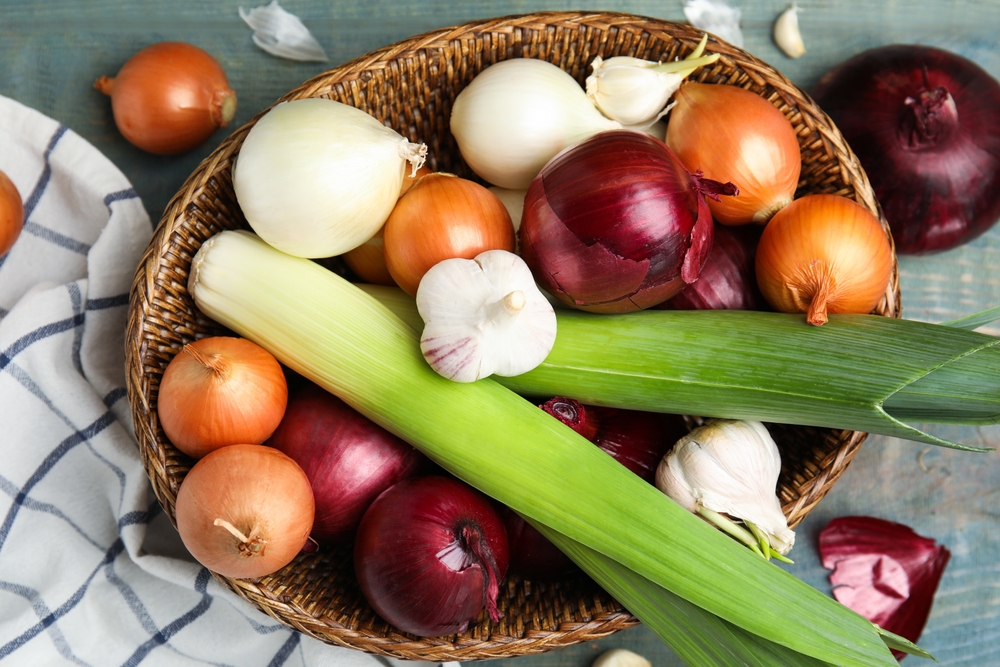Physicists tested the tearful art of onion slicing—and found the sharpest solution.
Others are reading now
Few culinary chores are as universally dreaded as chopping onions. Whether you’re a seasoned chef or a casual home cook, the sting of unexpected tears can turn even the most joyful kitchen session into a mild torture. But what if the key to dry eyes isn’t in kitchen hacks, but in physics?
Cornell’s onion experiment gets to the root of the problem
According to a new study from physicists at Cornell University, the best way to avoid crying while slicing onions boils down to two things: the sharpness of your blade and how fast you cut.
Using a miniature guillotine setup and high-speed imaging, researchers tested different blade types and slicing speeds to understand how onion particles disperse through the air—and make their way to your tear ducts.
The culprit behind onion-induced tears is a thing called syn-propanethial-S-oxide, a volatile compound released during cutting. When a knife presses into the onion, it triggers a chain reaction that releases this chemical into the air. If the blade is dull, it tends to crush and tear the layers, creating more pressure inside the onion.
Also read
That pressure leads to a mini chemical burst—sending sulphuric aerosols flying through the air at speeds of up to 141 feet per second.
Sharp blades, slow hands: the tear-free formula
Cornell’s team found that dull knives can create up to 40 times more tear-inducing droplets compared to sharp blades. Faster cutting speeds also contributed to a dramatic increase in aerosol release—about four times more particles than slow, measured slicing.
To visualize the mechanics, onion quarters were coated in black paint to better observe their deformation, while blades of varying sharpness (5 to 200 micrometers at the tip) were tested across multiple slicing speeds.
The conclusion? The combination of a dull blade and rapid slicing is a recipe for watery eyes.
A centuries-old vegetable meets 21st-century science
While onions have been revered for millennia—from ancient Egyptian rituals to modern medicinal use—their painful side effect remains a kitchen nuisance. And while the findings from this study still await peer review, the early evidence is clear: if you want to stay tear-free, slow down and keep your knives razor-sharp.
What you do with those perfectly chopped onions afterward is, of course, up to you.


